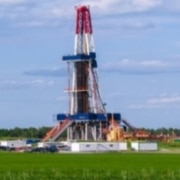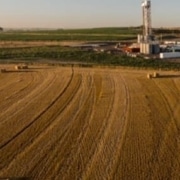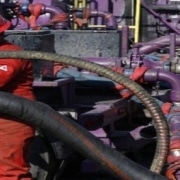YOUNGSTOWN, Ohio – Oil and natural gas production in Ohio’s Utica-Point Pleasant shale play rose in the second quarter. This is as 614.22 billion cubic feet of gas and 5.81 million barrels of oil were produced. Most are by wells in the state.
Those numbers are up from 609.45 billion cubic feet of gas and 5.07 million barrels of oil. This is the data in the first quarter. This is according to data from the Ohio Department of Natural Resources’ quarterly report.
In comparison, Mahoning County produced just 340.21 million cubic feet of gas. Moreover is 2,139 barrels of oil and Trumbull County accounted for 127.83 million cubic feet of gas and 1,774 barrels.
Top performer in Oil and Gas Production
The top-performing natural gas well in Columbiana County. It was EAP Ohio LLC’s Sevek 18-12-3 210H well in Washington Township. The well produced 1.96 billion cubic feet of gas. Leading the county in oil production was Chesapeake Exploration LLC. Ayrview Acres 27-16-5 5H well with 971 barrels of oil.
In Mahoning County, the Hilcorp Energy Co.CLL-2 6H well in Poland was top in natural gas production. They are at at 67.78 million cubic feet of gas. Meanwhile, Northwood Energy Corp.’s Hendricks MAHN2AHSU well in Ellsworth Township led oil production in the county with 839 barrels.
And for Trumbull County, Pin Oak Energy Partners had both the top-performing natural gas and oil wells. The Buckeye 1H well produces 33.46 million cubic feet of natural gas. Lastly, the Brugler 1H well produces 327 barrels of oil. Both wells are in Hartford Township.
Activity in the Utica-Point Pleasant shale play continues to be concentrated in southeastern Ohio, as the ODNR report was made up mostly of entries for Belmont, Carroll, Guernsey, Harrison, Jefferson and Monroe counties.
Leading the state in gas production was the Ascent Resources Utica LLC Gordon N CRC JF 3H well in Jefferson County’s Cross Creek Township, just outside of Stebuenville. The well produced 3.57 billion cubic feet of gas.
Read the full article here
Source: businessjournaldaily.com
If you have further questions regarding the topic of oil and gas production, feel free to reach out to us here.










